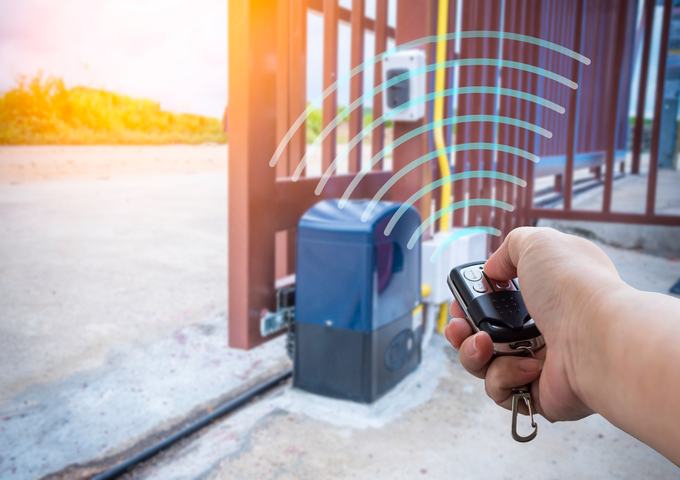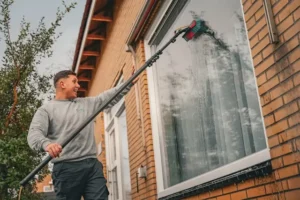When the unexpected hits, the difference between chaos and a comeback is a plan that moves faster than the damage spreads. The most effective disaster recovery plans blend rapid documentation, airtight insurance support, and reconstruction strategies that avoid repeat problems. If you want an outside team that can plug in instantly, look for a catastrophic response partner with engineering depth, strategic input for rebuilding after catastrophe, and a proven playbook.
Make Speed Your First KPI
Time is the silent multiplier in any disaster. The longer you wait to document and stabilize, the more the damage compounds, costs swell, and claims get messy. A strong plan treats the first 24 to 72 hours like a sprint, with roles, tools, and vendors preassigned so you can hit the ground running.
Fast Damage Documentation, Done Right
Start by locking down objective proof. That means standardized photo and video sweeps, 3D scans where possible, and timestamped notes tied to exact locations. Build an evidence kit with the essentials ready to roll: charged cameras, batteries, moisture meters, pH strips, tape measures, sample bags, and a simple checklist. Capture before, during, and after stabilization, since insurers want to see the full arc of loss and mitigation.
Pro tip: pair every image set with floor plans or annotated maps. This makes it effortless to show exactly where damage occurred and what was done in response. If you bring in an external catastrophic response team with forensic engineering capabilities, they can add structural assessments and expert narratives that carry weight in claim negotiations.
fun fact: Some teams use color cards in photos so adjusters can verify staining and corrosion consistently across different lighting conditions.
Stabilize, Then Triage
Documentation does not mean delay. While one group records, another should begin immediate stabilization: shutting off utilities, tarping openings, pumping water, and setting up dehumidification. Prioritize safety zones first, high-value equipment second, and cosmetic areas last. Split your site map into red, yellow, and green zones so crews know exactly where to focus.
Build Claims That Win, Not Just Claims That File
Insurance is a process, not an event. A plan that anticipates the adjuster’s questions and assembles proof in their language keeps your claim moving and reduces dispute risk.
Before diving into line items and forms, your team should align on a single source of truth for all evidence and communications.
The Right Paper Trail
Create a chronological claim binder that includes a loss timeline, mitigation steps with dates, calibrated equipment logs, expert assessments, and a cost matrix that ties each expense to a specific damage element. Keep labor logs tight. Record who did what, where, and for how long. Use consistent naming for rooms and areas so photos, invoices, and notes all match.
Speak Adjuster
Translate technical findings into clear, defensible statements. For example, rather than “flooring delaminated,” write “laminate planks in Zone B show moisture readings above manufacturer limits, causing loss of adhesion and cupping across 320 square feet.” When you lack internal bandwidth, a third-party engineering team can provide sworn statements and expert reports that align with policy language and industry standards.
fun fact: Many adjusters prefer photo sets arranged left to right and top to bottom, mirroring a walk-through. This small detail can speed reviews.
Avoid the Red Flags
Common reasons claims stall include vague scopes, missing timestamps, and undocumented demolition. Never remove materials without a quick sequence of photos, measurements, and a bagged sample. If you must make emergency repairs, keep the damaged parts when feasible. Tag and store them with the date and location.
Rebuild With Foresight, Not Just Speed
Reconstruction should turn a bad day into a better future. The goal is to restore function quickly while reducing the chance and impact of the next event.
Good rebuilds start with decisions that balance cost, timeline, and resilience.
Smart Materials and Layouts
If water was the problem, choose moisture-resistant substrates, closed-cell insulation in vulnerable areas, and elevated electrical runs. For wind and impact zones, consider enhanced fastening patterns, impact-rated glazing, and sacrificial exterior claddings that can be replaced quickly after a storm. In fire-prone regions, look for assemblies that limit ember intrusion and improve compartmentalization.
Phased Reopening Strategy
You do not have to wait for a full rebuild to resume key operations. Use a phased plan that returns critical functions first. Often this looks like:
- Temporary modular spaces for offices or customer areas
- Rerouting utilities to stable zones
- Interim protective barriers that keep dust and noise away from business-critical rooms
Keep each phase tied to measurable readiness checks: indoor air quality, moisture benchmarks, power stability, egress routes, and accessibility.
Lessons Learned Loop
Every incident is a classroom. Hold a short after-action review once the site is safe and the claim is underway. What slowed you down. What worked better than expected. Which vendors actually arrived on time. Capture these insights in a playbook and update your contact trees, staging areas, and kit lists.
fun fact: Certain building components can be barcoded during reconstruction so future inspections and maintenance are tracked automatically with a quick scan.
What Great External Partners Bring To The Table
Not every organization has in-house engineers, adjuster fluency, and 24-hour mobilization. A high-caliber catastrophic response partner fills those gaps seamlessly.
Look for teams that can deploy quickly with multidisciplinary experts. That means structural and MEP engineers, cost estimators, environmental scientists, and project managers who understand both construction and claims. You want a crew that arrives with standardized documentation workflows, calibrated instruments, and a calm, methodical approach. The best partners help you prove the loss, mitigate fast, and rebuild smarter so you come back stronger than before.
Effective disaster recovery is not luck. It is a practiced routine that turns the first 72 hours into a decisive advantage, turns evidence into persuasive claims, and turns reconstruction into risk reduction. When your plan is built around speed, proof, and smart rebuilds, you control the narrative from day one and give your organization the fastest path from setback to success.














Leave a comment